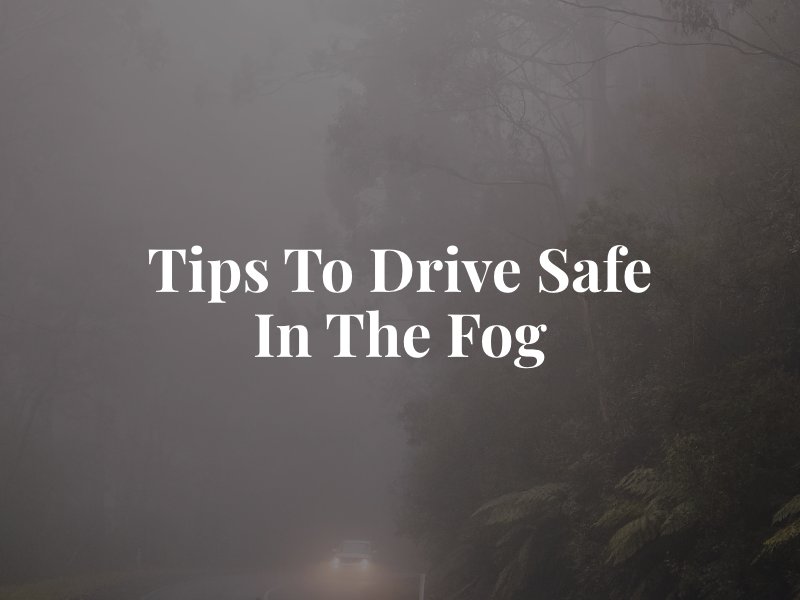Tips to Drive Safe in the Fog
Posted in Car Accidents, Motor Vehicle Accidents, Personal Injury on November 21, 2023
Foggy driving – it’s not something any of us particularly want to do. However, for those who regularly drive vehicles in Seattle or anywhere throughout Washington, driving through the fog is part of our reality.
Driving in the fog presents various types of hazards for drivers and unfortunately, accidents. If you are in a car accident in Washington, you can contact a Seattle car accident attorney who can help you through the next steps to take. We encourage Washington residents to regularly review tips for safe driving in the fog.

Check the Fog Outlook for the Day
If you know that the day will be particularly foggy and have the option of not operating a vehicle, that may be the best option. Bad environmental factors can increase your chances of being in an accident. If you can avoid traveling in unsafe conditions, you increase your chances of not being in an accident by 100%.
Adjust Your Driving Speed and Schedule
Monitor that odometer and reduce your speed. Allow extra time for your journey, as fog can significantly impact visibility. Plan ahead to avoid rushing, enabling you to drive more cautiously. If you begin to feel unsafe at any time when driving through the fog, find a safe location to pull over as soon as you can.
Enhance Visibility with Proper Lighting
Use low-beam headlights to make your vehicle visible to others in both the front and rear. This ensures that your taillights are also illuminated. Additionally, if your vehicle is equipped with fog lights, use them to further enhance visibility without causing glare.
Avoid High-Beam Lights
Refrain from using high-beam lights in foggy conditions. High beams create glare, hindering your ability to see the road ahead. Stick to low-beam lights to maintain clear visibility without compromising the safety of yourself and others. Additionally, you should avoid using high beams when there is any type of precipitation for this same reason.
Maintain Safe Following Distances
Increase the distance between your vehicle and the one in front of you. This precautionary measure allows for adequate response time in the event of sudden stops or changes in traffic patterns, reducing the risk of collisions. Following other vehicles too closely is a leading cause of rear-end accidents, and these incidents are much more likely when there is inclement or foggy weather.
Follow Road Markings for Proper Lane Guidance
Use road markings as visual cues to stay within the correct lane. These markings become crucial in foggy conditions where direct visibility is compromised, providing a guide for maintaining your lane discipline.
In Extreme Fog, Activate Hazard Lights and Seek a Safe Haven
In instances of extremely dense fog where visibility is severely limited, activate your hazard lights and consider pulling into a safe location, such as a parking lot or business driveway. This provides a secure environment to assess conditions and wait for improved visibility.
If No Safe Location is Available, Pull Over Safely and Minimize Lights
If no suitable parking lot or driveway is nearby, pull your vehicle off the road as far as possible in a safe manner. Once stationary, turn off all lights except your hazard flashing lights, engage the emergency brake, and ensure that your foot is off the brake pedal to prevent unintentional confusion for other drivers. This strategy minimizes the risk of collisions while waiting for fog conditions to improve.